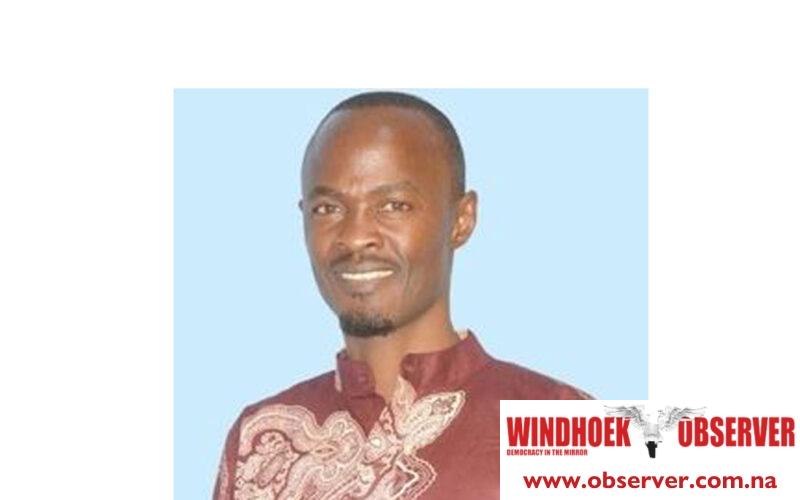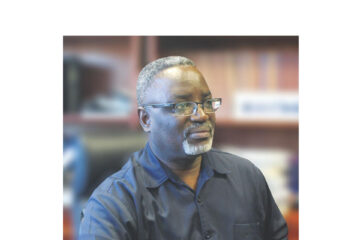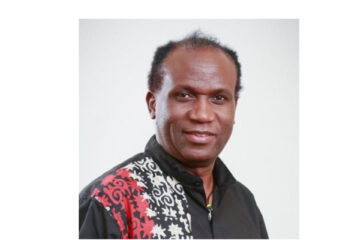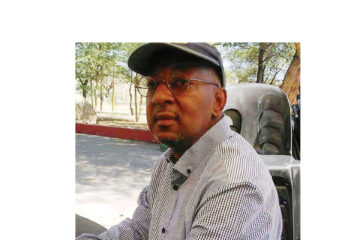Elvis Mboya
Namibia can rapidly transform from a third world economy to be one of the most competitive countries in Africa and a global commercial hub, to mirror the United Arab Emirates (UAE), taking into account their similarities – if it can adopt UAE’s economic growth strategies.
In the process, Namibia’s sleepy coastal cities such as Walvis Bay and Swakopmund can transform to be like UAE’s global finance and tourism hub – Dubai. Remember, it took Dubai barely 20 years to develop from a sparsely populated desert country founded 50 years ago, that depended on fishing along its vast coastline, to a top global investment and tourism destination.
It’s worth noting that the UAE and Dubai didn’t develop rapidly because of the discovery of oil, but because the Arab nation, whose Islamic neighbors are religiously conservative, genuinely opened up its doors to eligible foreign investors to live and work there, in the process, contributing immensely to the rapid growth and development of the UAE and its jewel, Dubai.
The UAE isn’t alone. Over the years, foreigners have immensely contributed to the development of the first world countries in North America and Europe. For example, the global superpower USA was built by foreigners, whether from Africa or Europe.
The UAE’s foreign population totals 88.52% (i.e. 9.0 million) while the nationals amount to 11.48% (which is 1.17 million), as her government seeks to bring in more job opportunities for natives in all economic sectors.
The weakest links
Today, Namibia, just like UAE twenty years ago, a sparsely populated desert country, with equally vast coastline for fishing and tourism and huge deposits of mineral resources underneath, mirrors the UAE 20 years ago, when the then developing Arab nation had nothing but a sea with fish, a huge coastline, sparsely populated desert country with high unemployment rate.
Namibia, with a population of about 2.5 million and a land size nearly twice the size of Kenya with a population of over 50 million people, clearly sits on a goldmine: huge deposit of precious rare earths such as Diamond and Uranium, youthful population, beautiful weather and gorgeous beaches, its strategic position to connect trade across the Atlantic and an entry point into SADC. Actually, the well-established infrastructure and resources gives Namibia a huge head-start to develop.
However, Namibia suffers from a very low population of 2.5 million people, with 1.6% growth rate, meaning the country’s population will remain below 10 million in the next 70 years, unless there’s a rapid and radical change.
This is probably Namibia’s weakest link, since most investors are attracted to populous countries, where numbers translate to affordable labour and ready market for their products or services.
Secondly, eventhough the country lacks sufficient skilled workforce and low population, Namibians are very overcautious and overprotective about foreigners coming in to fill the existing gaps, as the government continues to tighten screws on permits.
This is understandable since Namibia is one of the last African countries to attain independence (1990) after many years of brutal apartheid regime, still fresh in their minds, a cruel past that Namibians ought not to forget, but should learn from, move on and refocus on current economic realities and how their actions today will shape their future.
Unlocking the potential
For Namibia to unlock its full potential and be at par with the UAE twenty years from now, it doesn’t need to invent any wheel, rather to borrow from the UAE’s success story.
UAE/Dubai’s strategy is simple:
The country developed an investment framework which aims to make it easier for eligible foreign investors to set up and run companies 100% owned by non-residents in specific economic zones. The company needs only to obtain an operating license and a commercial registration certificate.
Eligible foreigners who want to set up a business outside of a free zone have to partner with a local entity. UAE citizens must own 51% of the joint venture and receive an annual fee or share of the profit.
In addition, eligible foreigners are entitled to visa free entry into the UAE for periods of up to 12 months, allowing investors to travel back and forth whenever needed. Project owners can stay in the UAE for up to five years without having to renew their visas, while top foreign students are allowed ten years stay after graduation.
UAE also offers attractive policies, minimal bureaucratic procedures, ease of licensing and flexibility aimed at maintaining and fostering the growth of the business sector.
Lastly, the UAE government doesn’t levy any personal tax or capital tax for both UAE citizens and foreigners. As a result, there is no special taxation regime for expat workers in the UAE, as they are treated the same way as citizens when it comes to personal or capital income tax. Instead, its government relies on a combination of oil revenues and other sources of income to sustain its operations.
UAE’s sacrifices have paid off. With 14 million visitors last year alone, its tourism boom is not only driving economic growth but also creating employment opportunities, which by the end of 2023, is projected to result in over 758,000 individuals employed in various travel and tourism roles alone, aside from thousands of jobs created by diverse industries established by the foreign residents.
In the process, the once sparsely populated desert country has instantly solved its low population crisis by increasing more than ten times, from less than a million people to 11 million, has significantly reduced its unemployment rate to less than 3%, bolstered its economy to a whooping GDP of US$498 billion and Per Capita of $48,822 in 2023 – stamping its authority as a leading economy in the Middle East and one of the best destinations in the World.
The writer lived and worked in Namibia for a decade as a journalist, served at Kenya High Commission-Windhoek and is currently the Lead Convener and Brand Ambassador of the annual Namibia-Kenya Trade & Investment Conference. Email: elvis.mboya@yahoo.com




